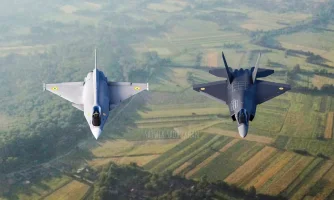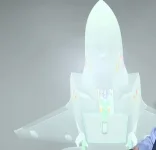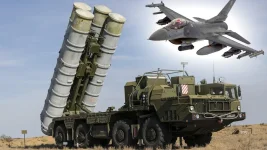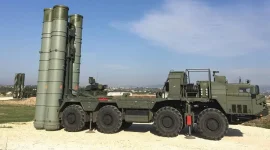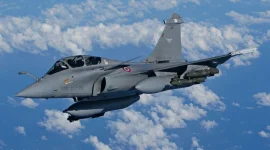- Views: 2K
- Replies: 13
India's ambitious program to develop a fifth-generation stealth fighter, the Advanced Medium Combat Aircraft (AMCA), is advancing on schedule, with a crucial development milestone expected by 2027.
According to sources familiar with the project, the first full-scale structural test model of the aircraft is projected to be ready in three years, paving the way for a comprehensive phase of ground-based validation.
This step is fundamental to confirming the safety and performance of what will be the nation's most sophisticated indigenous combat aircraft.
The structural test specimen is an engineering replica of the AMCA, meticulously built to its exact design but not intended for flight. Its primary purpose is to undergo a battery of demanding tests that will verify the strength and resilience of the airframe design.
This ground-based testing is a standard and critical practice in modern aviation development, allowing engineers to approve the structural integrity before a flying prototype is manufactured.
The recent approval of the project by the Cabinet Committee on Security (CCS) has provided official momentum for this next phase of development.
Engineers will subject the model to a series of rigorous evaluations to ensure it can handle the stresses of combat.
These tests include simulating the maximum expected operational loads (limit load testing) and pushing the airframe to 1.5 times those limits (ultimate load testing) to guarantee it can withstand extreme manoeuvres without failure.
The specimen will also undergo fatigue testing, which mimics the wear and tear of thousands of flight hours to determine the aircraft's operational lifespan.
Furthermore, it will be used to integrate and test the aircraft’s complex onboard systems, such as flight controls and avionics, in a simulated environment.
The 2027 target for completing the test specimen is a key marker in the AMCA's overall development roadmap, managed by the Aeronautical Development Agency (ADA) under the Defence Research and Development Organisation (DRDO).
Following the successful validation of this ground model, the program aims to roll out the first flying prototype around 2028. The subsequent years will be dedicated to extensive flight testing, with the goal of achieving certification and beginning induction into the Indian Air Force (IAF) between 2032 and 2033.
The AMCA is a twin-engine, stealth aircraft designed for low observability, featuring an internal weapons bay and advanced radar-absorbent materials.
The initial Mk1 version of the fighter is expected to be powered by the American GE-F414 engine, while the more advanced Mk2 variant is planned to incorporate a more powerful engine co-developed with an international partner.
The thorough ground-testing phase is essential to de-risk the program, ensuring that these complex technologies perform safely and reliably, a process followed by every major fifth-generation fighter program worldwide, including the American F-22 and the Chinese J-20.

